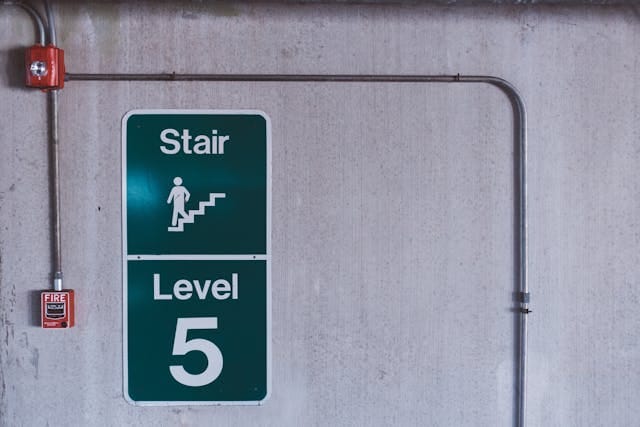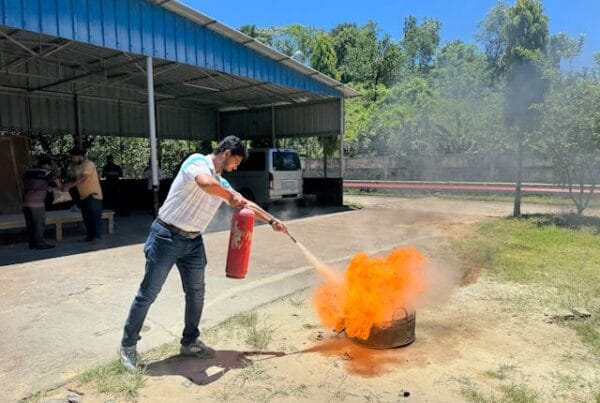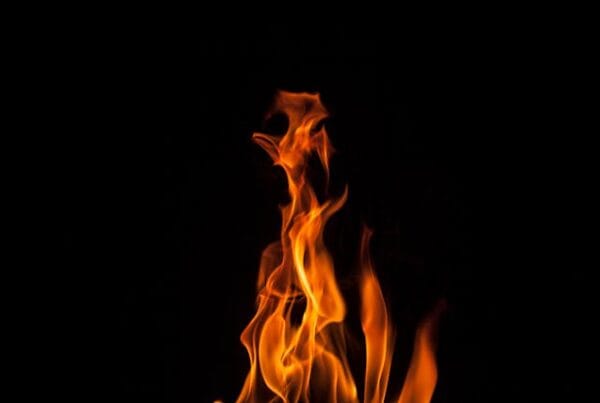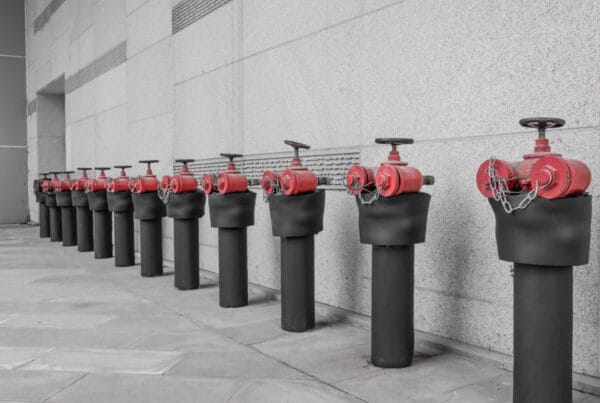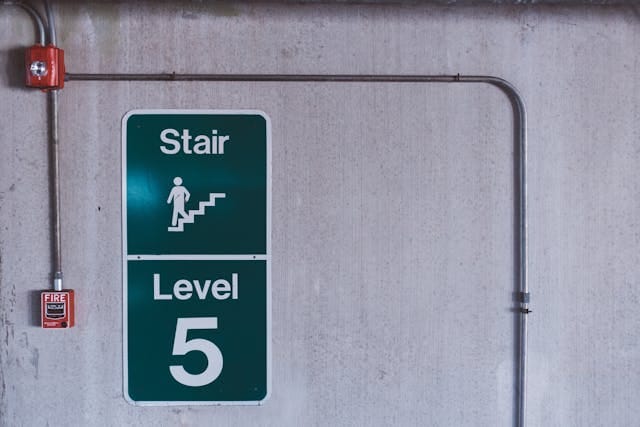
A properly installed and functioning Building Fire Alarm System is the unsung hero of the fire protection world. Its function is more than just ringing a bell; it is the central nervous system that detects the threat of fire at its earliest stage, providing a crucial early warning for occupants to evacuate, and automatically activating other suppression systems. Without early detection, a small fire can quickly grow into an uncontrollable disaster. At Sefirepro, we understand how vital the role of an alarm system is, and this article will provide an in-depth discussion of everything you need to know about it, from its basic components to the most advanced system types.
An investment in property worth billions can be lost in an instant without an effective warning system. More importantly, human life is an invaluable asset. This is why regulators require the installation of fire alarm systems in almost all commercial, industrial, and high-rise residential buildings.
Main Components of a Building Fire Alarm System
To understand how it works, we must get to know the components that make up a comprehensive building fire alarm system. Each part has a specific, integrated role.
- Main Control Fire Alarm (MCFA): This is the “brain” of the entire system. The MCFA receives signals from all detectors, processes this information, and then decides what action to take, such as sounding the alarm, activating emergency lights, or sending a signal to a monitoring station.
- Detectors: These are the “senses” of the system. Their function is to detect the signs of a fire. Some common types of detectors include:
- Smoke Detector: Detects smoke particles in the air. There are two main types: photoelectric (more sensitive to smoldering fires) and ionization (more sensitive to fast-flaming fires).
- Heat Detector: Activates the alarm when the room temperature reaches a certain point (Fixed Temperature) or experiences a drastic temperature increase in a short time (Rate of Rise).
- Flame Detector: Detects ultraviolet (UV) or infrared (IR) radiation emitted by flames. Used in areas where a fire can erupt very quickly, such as in oil and gas facilities.
- Gas Detector: Detects leaks of flammable hazardous gases such as LPG or natural gas.
- Manual Call Point (MCP) / Break Glass: A device that allows someone to manually activate the alarm upon seeing a fire.
- Alarm Bell & Strobe Light: These are the output devices that provide notification. The alarm bell produces a loud sound, while the strobe light provides a visual signal, which is very important for noisy areas or to assist people with hearing disabilities.
Choosing the right combination of detectors depends on a risk analysis of each zone in the building. For further consultation, the Sefirepro team can help you conduct a fire risk survey and assessment.
Choosing the Right Type of Building Fire Alarm System
In general, there are two main types of building fire alarm systems you can choose from: Conventional and Addressable. The choice between them depends on the scale, complexity, and budget of your project.
1. Conventional System
This system divides the building into several “zones.” Each zone is connected to the MCFA via a separate wire. When a detector in Zone 3 is activated, the MCFA will indicate that there is a fire in Zone 3, but it cannot tell the specific location of the triggered detector.
- Advantages: Lower initial installation cost and simpler for small buildings.
- Disadvantages: Difficult to pinpoint the exact location of the fire quickly, which can slow down the emergency response in large buildings.
- Applications: Suitable for small buildings like shophouses, small schools, or warehouses with a simple layout.
2. Addressable System
In this system, each detector and device has its own unique “address.” When a detector is activated, the MCFA will display the exact address of that device (e.g., “Smoke Detector, 5th Floor, Meeting Room C”).
- Advantages: The location of the fire can be identified very quickly and accurately, reducing response time. It is more flexible, requires less wiring, and reduces the potential for false alarms.
- Disadvantages: Higher initial device and installation costs.
- Applications: Highly recommended for medium to large buildings such as hotels, hospitals, malls, apartments, and high-rise office buildings. For large-scale projects, integration with a fire sprinkler system is very important.
Installation Standards and Routine Maintenance
Installing a building fire alarm system is not a job that can be done carelessly. The installation must follow strict technical standards, such as those stipulated in the Indonesian National Standard (SNI) 03-3985-2000 concerning the Planning, Installation, and Testing of Fire Detection and Alarm Systems. This standard covers everything from detector placement and the type of wiring used to system testing procedures.
Once installed, routine maintenance is key to ensuring the system’s reliability. Sefirepro offers an alarm system maintenance contract which includes:
- Periodic Checks: Checking the function of the MCFA, backup batteries, and all detectors.
- Detector Cleaning: Cleaning smoke detectors of dust that could cause false alarms or malfunction.
- Functional Testing: Periodically testing Manual Call Points and Alarm Bells to ensure everything is working.
- Reporting: Providing detailed reports on the system’s condition and recommendations for repairs if needed.
Conclusion: Make Sefirepro Your Safety Partner
A building fire alarm system that is properly designed, installed, and maintained is the smartest investment you can make to protect your property and, most importantly, human lives. From smoke detection in an office space to heat detection in a restaurant kitchen, every component works together to provide an invaluable early warning.
Don’t wait until it’s too late. Contact Sefirepro today for a free consultation regarding your fire alarm system needs. Let our experts design a solution that is most suitable, reliable, and compliant with regulations for your building.


